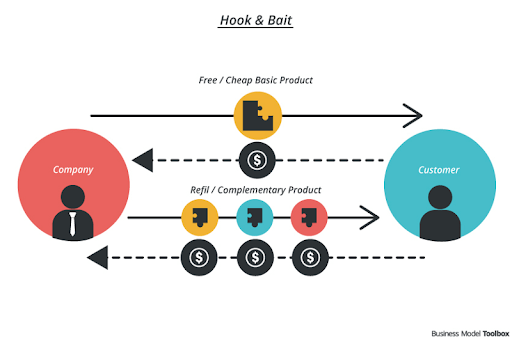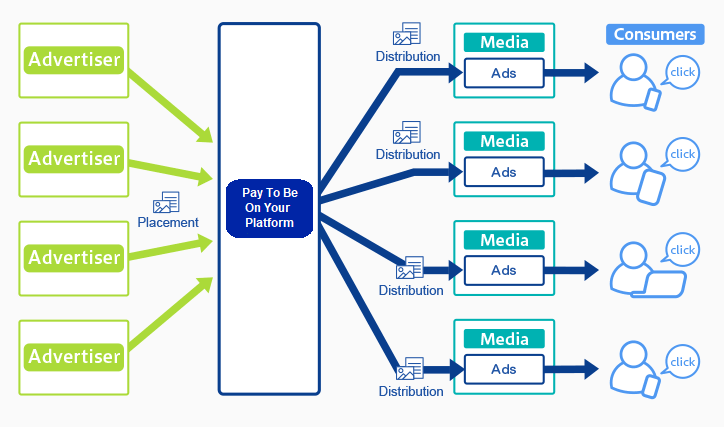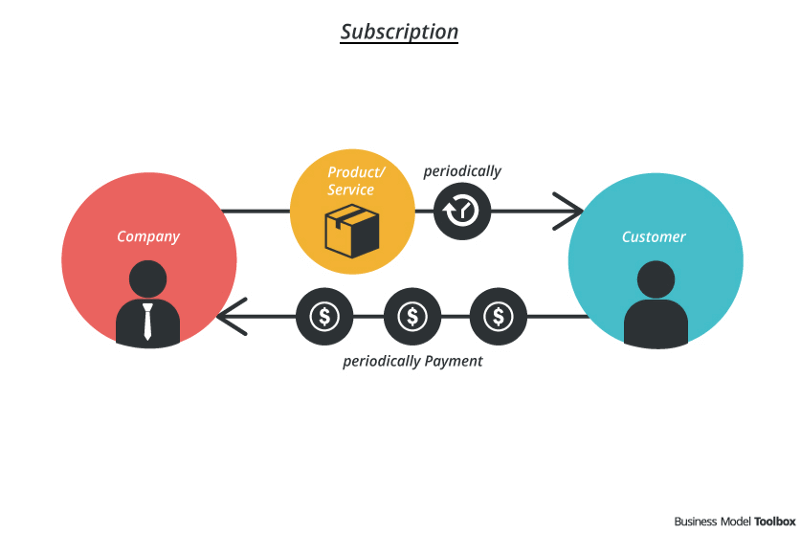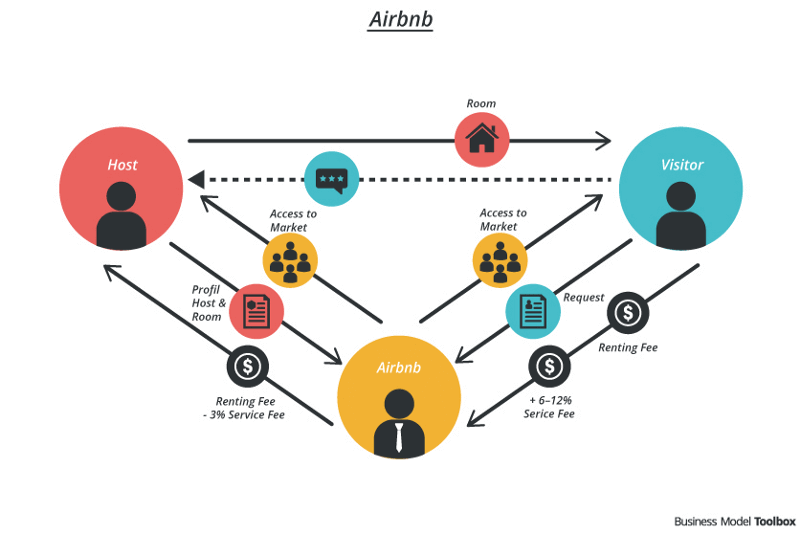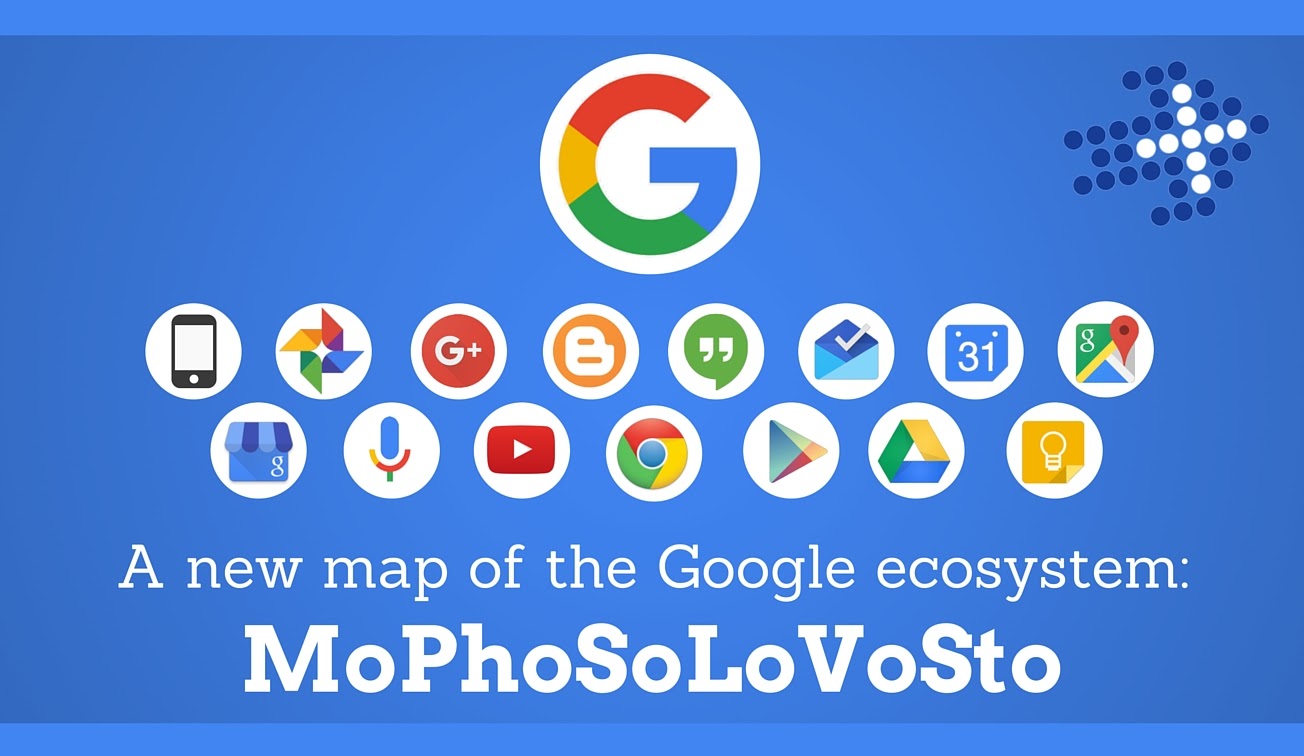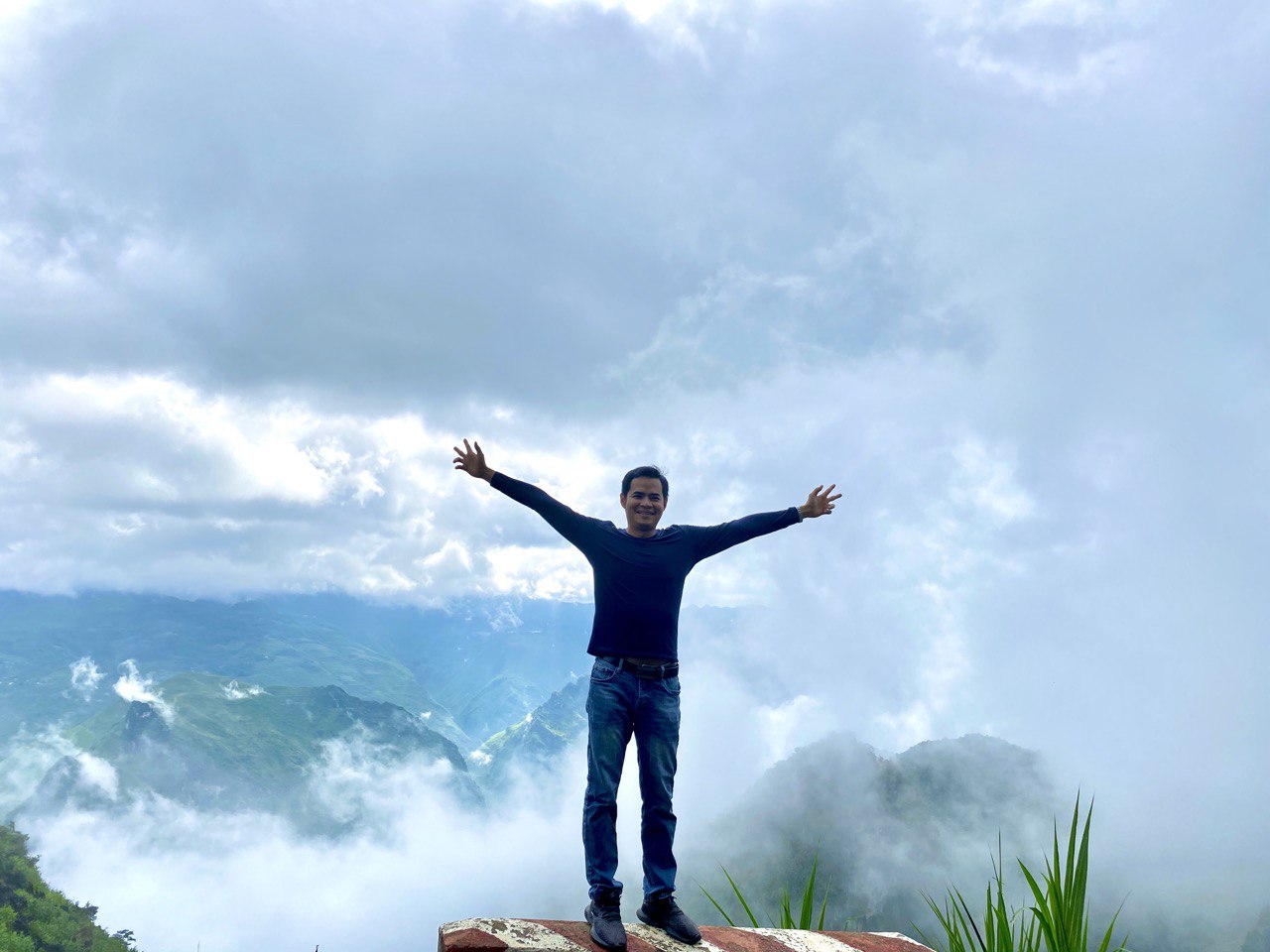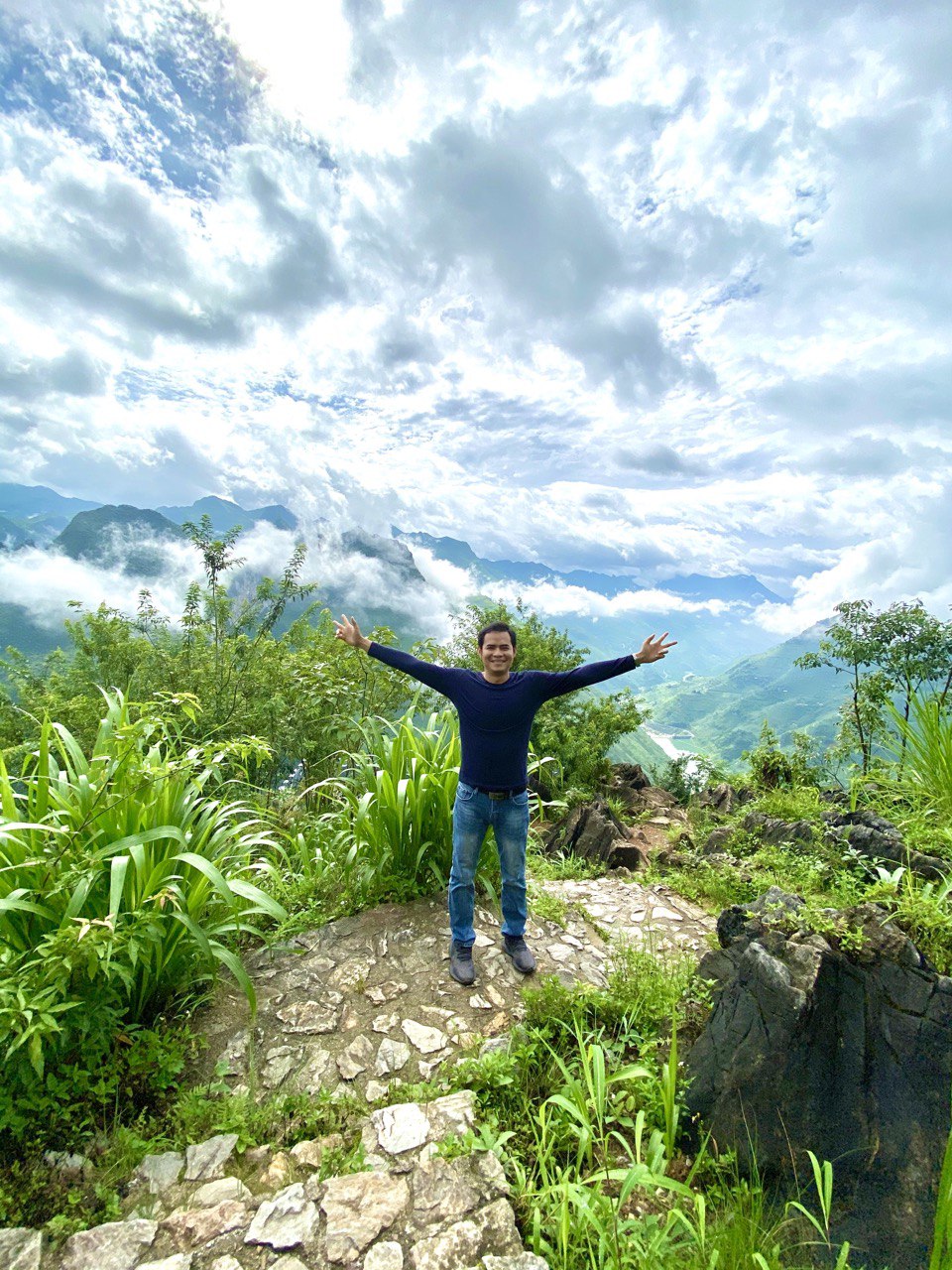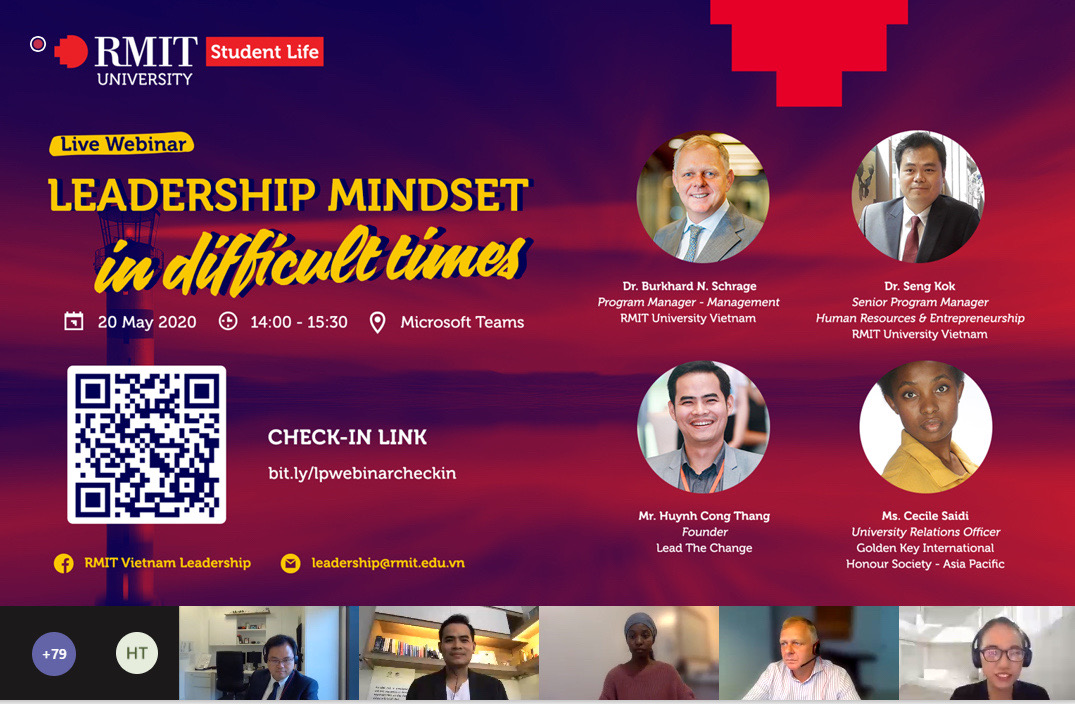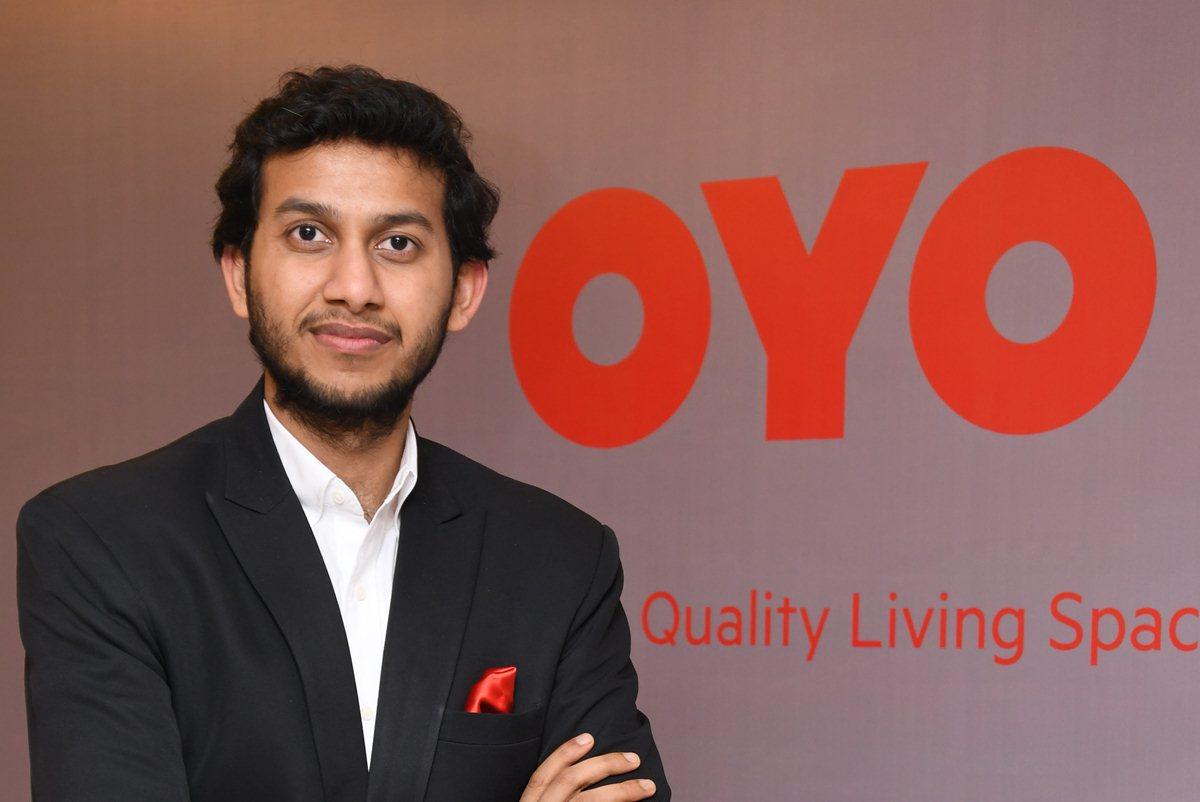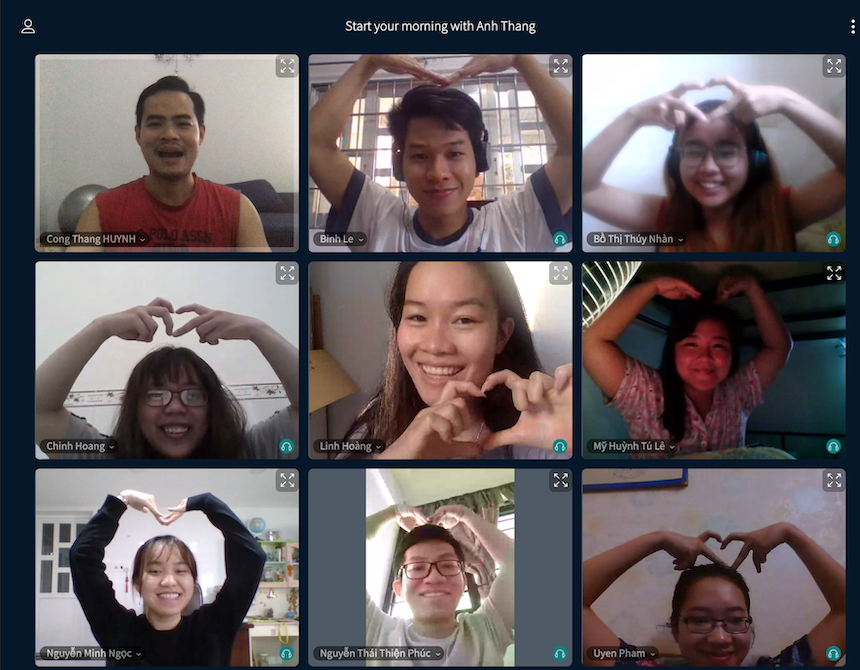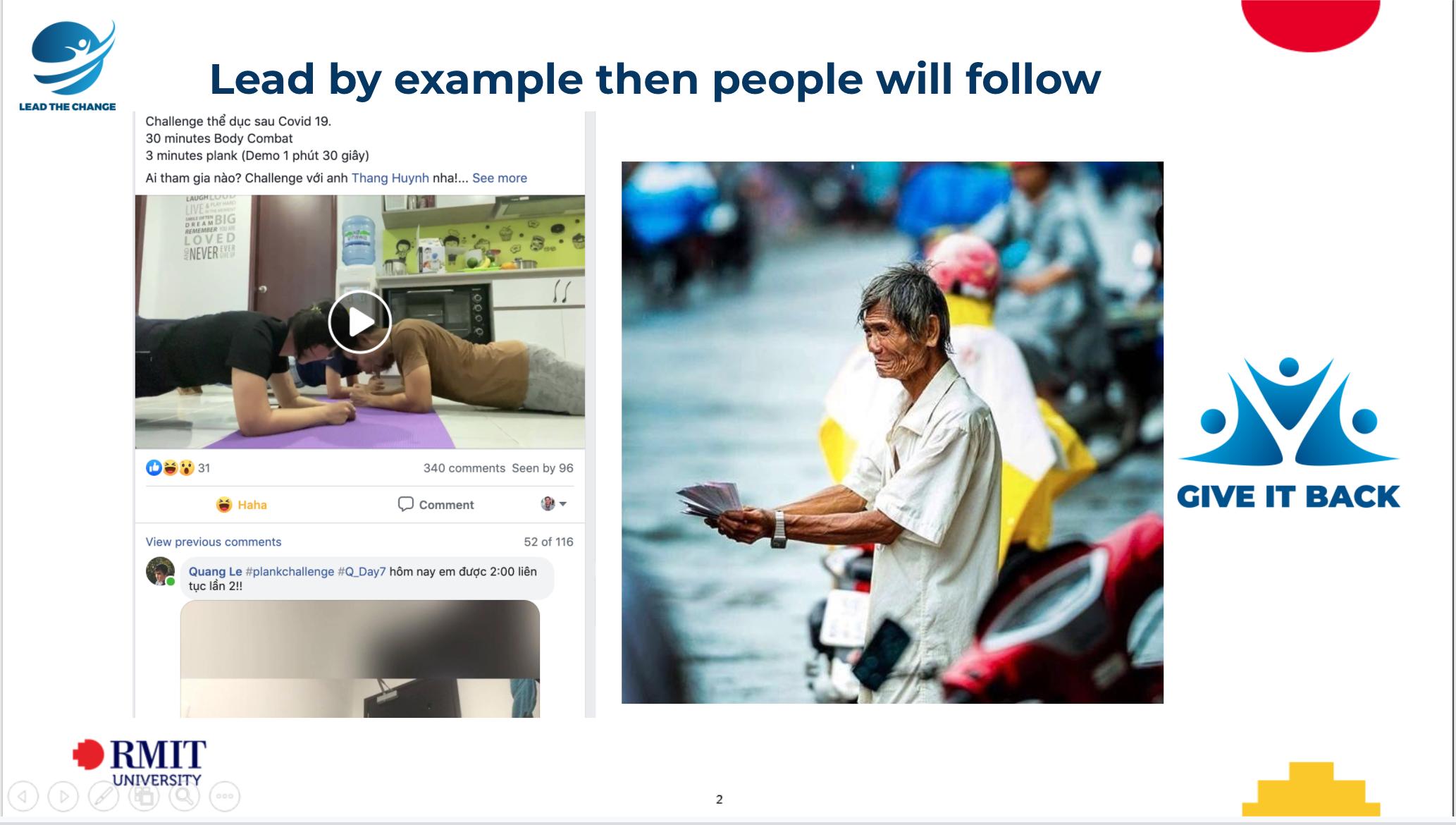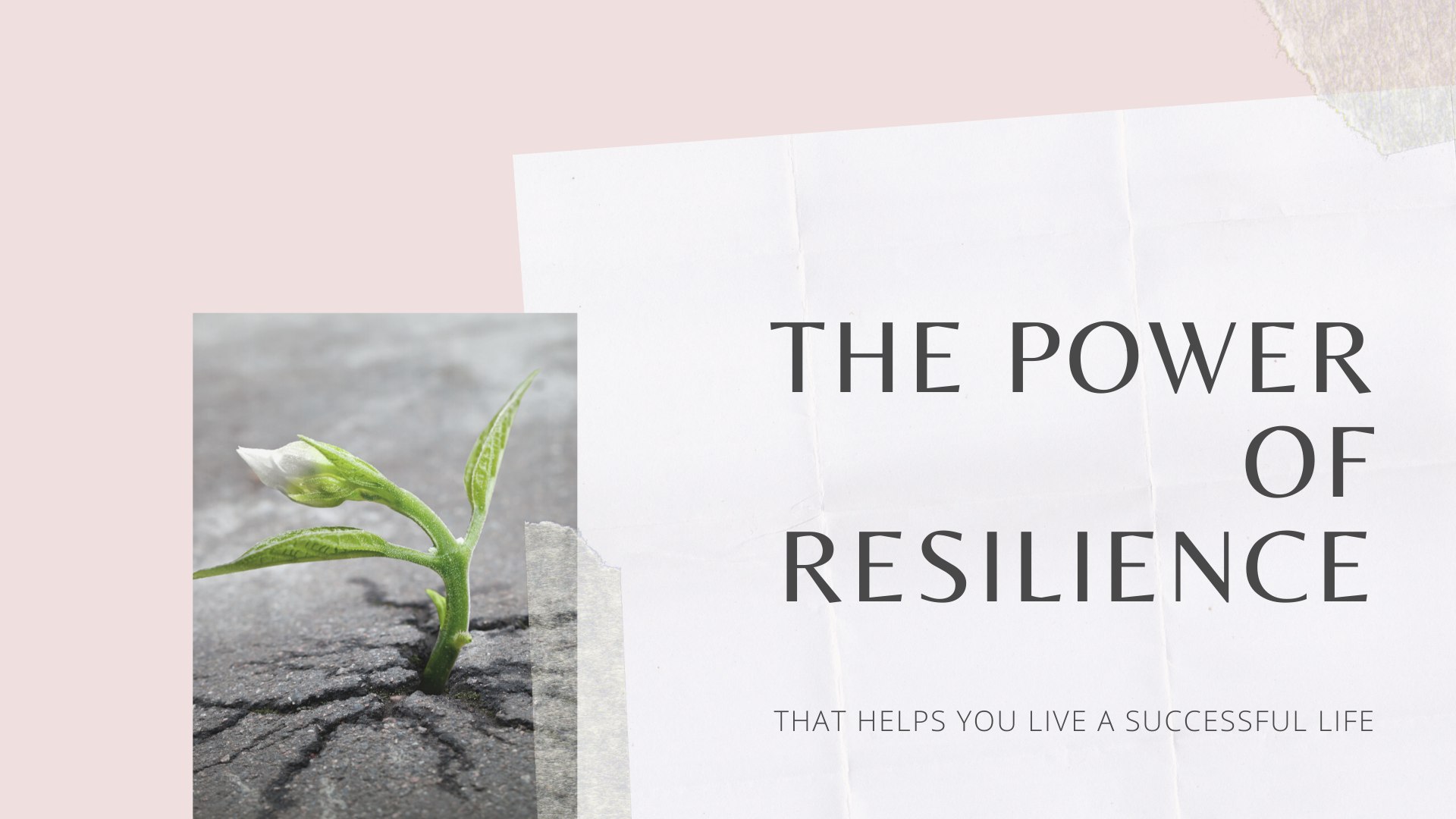- The rise in global inflation as a hit to living standards around the world (The Guardian 2022).
- Sky-high energy prices in a prolonged period of time account for risks of energy rationing, and growing threat of recession day by day (Thomson Reuters 2022).
- “We will get a major recession,” Deutsche Bank economists wrote in a report to clients on Tuesday (CNN Business 2022).

Figure 1: The Global Inflation Outlook (Buchholz 2022)
- The International Monetary Fund has stated that it expects global inflation to be considerable in 2022. Inflation is expected to be harsher in developing nations, where price hikes are expected to average 8.7 percent this year. The IMF set this figure in developed countries at 5.7 percent (Buchholz 2022).
Recently, it is not difficult to enter this “frightening” news since not only in daily social media but also in our inner acknowledgment mentions looming recession faced by the entire world. Despite positive signs of economic recovery, the record-high inflation makes experts closely monitor the situation. While you cannot control the market, you may learn how to plan for a downturn and safeguard your investments from significant losses as well as equip yourself with necessary skills to survive and thrive in the battle.
So, before freaking out, you need to know what recession truly is?
As referred to standards set out by The National Bureau of Economic Research, a recession happens when there’s a “significant decline in economic activity spread across the economy and lasts more than a few months”. Put simply, recession is when the economy is in a funk. When GDP is negative for two quarters or, in other words, when GDP stops increasing for six months—this can be stated as a recession.
Is Vietnam in a more advantageous position than others for the incoming recession?
Stable economic growth:
Contrary to the tightening conditions globally and in the USA, Vietnam’s economy still remains thriving and healthy along the way. S&P Global Ratings has upgraded Vietnam’s long-term national credit rating to BB+ with a “stable” outlook, the Ministry of Finance said. Along with that, S&P forecasts Vietnam’s GDP growth in 2022 at about 6.9% with a long-term trend of 6.5%-7% from 2023 (Vietnam Economic Forecast 2022).
Spending and saving habit:
Another good point of Vietnamese people is their savings habit even before, during and after COVID-19 pandemic. Nielsen’s research report shows that Vietnamese people are still the ones with the highest saving tendency in the world. With three-quarters of Vietnamese respondents (72%) saying they use idle money to save (compared to 66% in the previous quarter) (Dantri 2018). Also according to the report Consumer Confidence Survey report conducted by The Conference Board and Nielsen, with a slight increase from 69% to 72%, Vietnam is the country that takes the top position with the most frugal consumers in the world, followed by Hong Kong (China) – 68% and Singapore – 65% (VTV 2020). Vietnamese consumers are said to be the most cautious in the world as 67% are more careful with their personal finances than they were before the pandemic. Meanwhile, 34% prioritize protecting their household finances in case of an emergency. This is almost 10% higher than the global average. Vietnamese are also more interested in investing and reducing debt than the average in other parts of the world (Financial and Monetary Forum 2021).
Government support:
It should also be acknowledged that the Vietnamese government provides intensive support for enterprises and residents’ life via internal sources regarding internal resources for production, labor, etc. The Government is actively implementing the Resolutions of the National Assembly, Resolution 01/NQ-CP of the Government on the main tasks and solutions to implement the socio-economic development plan and budget estimates in 2022; Resolution No. 02/NQ-CP of the Government on the main tasks and solutions to improve the business environment and enhance national competitiveness in 2022; The epidemic prevention and control program according to Resolution 38/NQ-CP and the program on socio-economic recovery and development 2022-2023 (Chinhphu.vn 2022). Amidst the pandemic, the Government always accompanies, supports and creates the most favorable conditions for production and business activities of enterprises, stabilizing jobs and incomes for employees (Vietnam Prime Minister 2021). Overall, it can be said that the Vietnamese Government has performed their duties well, securing the optimal conditions for their Vietnamese.
Nevertheless, the recession, as a gradual killer, will still have a significant impact on Vietnam’s economy and life. Since Vietnam commonly undergoes recession later than US recession 1-2 years, it is crucial not to be over confident regarding the recent conditions and to practice yourselves always in ready mode to withstand.
Based on my observation in economic history and cycles, I have some suggestion how to prepare recession:
When it comes to recession, the instant question for the majority of people is “how to recession-proof your finances?”, instead of the fundamental, yet essential question “which skills are required to be resistant/ undefeatable in the recession?”. Undoubtedly, finance is the primary concern as we have a family to feed, a source to sustain our life and a life to live. Nevertheless, without crucial techniques, how can you be strong enough to achieve those requirements? Therefore, first and foremost, investment in yourself would be the first brick in building your citadel against the storm named recession. Here is our suggestions based on economic observation and behaviors of those who have been through recession:
- Flexibility and Adaptability as the key to survival:
In today’s businesses, where uncertainty and change are common, flexibility has become an increasingly valued quality. Flexibility is the ability to rapidly and calmly adjust to short-term changes, allowing you to cope with unanticipated situations or tasks efficiently. Though being relatively similar, flexibility is different from adaptability regarding workplace attitudes and behaviors (MindTools n.d.):
-
- Flexibility in your work: Willing to accommodate others’ demands while remaining focused on your own.
- Adaptability to prevailing circumstances: adapting to the way other people operate and coping with changes in situations or environment
Being adaptable is also essential since it demonstrates your capacity to be resourceful, as well as your leadership, drive, analytical, and other talents. All of these are significant attributes that a company seeks in an employee.Thus, the more adaptable you are, the more productive your work will be overall.
To be flexible, you can follow these tips as explained below:
- Core values focus: Having core characteristics that do not change might help you stay grounded during times of transition. Using your core principles and the culture of your firm as anchor points can help you decide what you can and cannot agree to when faced with an unexpected request.
- Open-mindedness: Make it a priority to listen to and comprehend the perspectives of the other parties involved. If your boss asks you to assist with an urgent project, think about how it will benefit the team or your career rather than just saying, “Oh no, not more work!”. Be open to changes rather than resistant to them!
- Attempts to learn: Learning a new set of skills or knowledge is never a waste of time.Without an attempt to learn new skills, you will most likely discover that when an unforeseen occurrence occurs, you will be unprepared to cope with it. Deal with it by remaining inquisitive about what’s going on around you. Keep abreast of emerging industry trends by reading up on the most recent technologies and research, and widen your expertise through cross-skilling. Make an attempt to collaborate with individuals or to complete things that you might typically avoid. There might be better ways of doing things. And expand yourself — instead of being trapped in a rut, get into the habit of attempting new things.
- Be optimistic and calm: Stay resilient and focus by looking on the bright sides and positive aspects. A break or shift in your routine might be a chance to gain new skills or work with new colleagues, clients, or suppliers. Remember that panicking does not solve the problems. Counter the effects of stress (such as loss of focus and impaired decision making) by taking steps to restore calmness and silence to determine what are your next actions or directions.
- Plan ahead: It is always good to practice risk management for the time/space/conditions you may have to prepare for solutions, comparison between options and in-need tools to effectively deal with future problems.
- Strong support network: In times of uncertainty, having a strong and solid team around you is critical. It implies that no matter what challenges you face, you have people who will support you.
To be adaptable, you can follow these tips as explained below:
- Escape the safe zone: Expose yourselves to new challenges to test your limits and update your version every time. This allows you to diversify your mindset and approaches when encountering new scenarios.
- Be a listener: The greater your listening skills are, the more you will comprehend how to manage a scenario. This will enable you to easily handle any issue or change, offer the best answer, and create a more pleasant atmosphere for all parties involved.
- Ask questions and be open to mistakes: One of the most effective methods to develop adaptation is to actively seek guidance from individuals who excel in this area. Make certain that your queries are both professional and well-thought-out. Though mistakes can be unpleasant, they create valuable opportunities for you to reflect, learn and improve.
- Balance: The more balanced you are, the more prepared you will be to deal with coming change. Take the time to assess the many aspects of your life and the time you commit to them separately.
- Emotional Intelligence: Check to see whether you have control over your emotions and are aware of the feelings of people around you. This will assist you in shaping your behavior and response to workplace changes and events. However, in the Vietnamese context, emotion management is not well taught in school or by family. Therefore, you should be aware of the circumstances and find appropriate methods to nurture the internal you. Attending workshops, conferences or sharing talks about this area can be considered as good ideas. Above all, you should respect and let your emotions be heard, instead of burying them deep and wait for time to heal.
- Irreplaceable works for not to be replace:
Advancement in technology along with higher demands of job quality raises the pervading fear that machines will replace humans in a number of tasks (Forbes Technology Council 2022). Moreover, the level of volatility will only increase in 2022 (Kropp & McRae 2022) which means there will be considerable change in enterprises’ structure and resources, especially human resources. The economic downturn encounters job eliminations and hiring freezes as a common routine, and downsizing comes as a law of commerce. Therefore, to remain resilient before the wave of automation, you need to:
- Self Investment: Industries and information move at breakneck pace these days, so being up to date on technology and trends is vital. To ensure that you are up to date on all of the abilities required for your work, conduct research, practice, or attend classes. If you are competent in the areas that your team concentrates on, you will be indispensable..
- Do the irreplaceable works: Do not restrict yourselves only in the manual or “pleasant” tasks. Instead, try to be in charge of larger responsibilities and harder working processes. For example, you can be a project coordinator or ideas generator for your company’s projects/plans.
- Be good at many things: if your tasks are done, do not feel satisfied or sit there waiting for others to give commands. You, yourselves, need to find work nowadays. This is also a chance for you to try different fields and absorb new experiences. People will be skeptical of your abilities to new challenges at first since they are concerned about your skills in related fields. However, with strong initiatives, willingness to learn, make mistakes and improve, jobs will be given to you. Difficulties are inevitably unavoidable at first; however, you can ask your colleagues for guidance, research from Google or your network or enroll in a quick online course to operate the tasks well.
- Go beyond expectations: Being a dependable team member has a significant influence, so if you have the time to go above and beyond what is anticipated, it may go a long way. Strive for excellence in whatever you do and maintain a consistent work ethic. Accepting more tasks demonstrates your commitment to your work and the firm. For example, if your boss is looking for someone to help with a particular project, be the first to volunteer. Another wonderful method to go above and above is to read the job description for the position above yours. This can also help you prepare for a promotion! You may also inquire with your boss about any possible chances that will allow you to go above and beyond the scope of your employment. Instead of fulfilling the bare minimum of your job description, consider going above and above; this will help you stand out to your employer.
- Financial preparation:
Financial priorities identification:
First, examine your own finances to determine your basic needs and financial health. This serves as a basis for financial planning. Begin by calculating your monthly take-home pay and your critical expenses. Rent and groceries should be considered essential expenses. Exclude additional “needs” from your overall budget, such as a gym membership for your health. Knowing what your needs are today is fantastic, but pinpointing vital expenditure tells you where you can cut costs in an emergency. Then think about how you might supplement your income with freelance work or passive income opportunities. If you lose your principal source of income during a recession, having a list of backup sources is crucial. Finally, establish what financial priorities will be on the horizon in the future. Couples planning a wedding, developing families; students tend to pursue their higher education; enterprises planning to expand or develop their business; and those expecting to retire in the next five years should factor in these extra costs.
Uplift your emergency savings:
Experts advise storing six to nine months’ worth of income in case of emergencies. Maintain this sum in a high-yield savings or money market account so you may withdraw it quickly if necessary. Rates should be compared between accounts since high interest rates will maximize your investment. Start saving as much as you can without jeopardizing your retirement objectives if you don’t already have emergency funds. An emergency fund may keep you afloat if you lose your work, and it can also cover unexpected costs like auto repairs.
Reduce Debt:
Debt elimination takes time, especially if you’re trying to get out of debt on a modest salary. Making a debt reduction strategy will assist boost your chances of success, especially if you establish a timetable for completion (Gran & Strohm 2021):
- Squeeze More Savings Out of Your Budget: start tracking your monthly spending through apps or any methods that suit you best.
- Automate Your Debt Payments: Make use of automated transfers from your bank account to your credit card. Keep track of payment due dates with a calendar or automatic reminders, especially if you’re paying off many credit cards or bills at once. Track your debt repayment progress using a debt management software, a budgeting app, or the online tools provided by your bank or credit union.
- Adopt a Debt Payoff Strategy: debt snowball and the debt avalanche method are two strategies for paying off debt.
- Apply for a Balance Transfer Credit Card
- Consider a Debt Consolidation Loan
- Pay Off Debt With a Cash-out Mortgage Refinance
- Make Extra Money With a Side Hustle
- Get Consumer Credit Counseling
- Diversifying your Investment:
To safeguard your assets against economic downturns and losses, a broad portfolio is always suggested. Based on your risk tolerance and financial goals, a combination of secured bonds, stock investments, and physical assets can help you achieve long-term development. A well-diversified portfolio helps to reduce risks while investing for the long term. It enables for a limited number of high-return investments by offsetting potential risks with more reliable options. These are some tips as recommended by Shah (2021):
- Understand that investment diversification is a must
- Wise asset allocation: Stocks and bonds are the two most common forms of investments. While stocks are seen to be high-risk with high rewards, bonds are thought to be more stable with lesser returns. Divide your money across these two alternatives to reduce your risk exposure. The goal is to strike a balance between the two, to find a happy medium between risk and certainty.
- Before buying, consider the stock’s qualitative risks
- Invest in money market securities for cash
- Invest in bonds with systematic cash flows
- Follow a buy-hold strategy: maintaining a generally constant portfolio throughout time, regardless of market volatility
- Understand factors that impact the financial markets and global market
- Rebalance your portfolio periodically
- Try a disciplined investment scheme like a systematic investment plan (SIP)
- Invest in life insurance
- Be aware of your financial biases
Enhance your budget:
Reduced spending in advance of a recession allows you to raise your investments and emergency fund contributions, allowing you to establish your own safety net. Keeping a tight budget during a recession allows you to pay your monthly expenses and decrease debt without losing your quality of life.
Reference list
Baochinhphu.vn 2022, Nhiều cơ chế, chính sách để hỗ trợ người dân, doanh nghiệp vượt qua đại dịch, baochinhphu.vn, viewed 31 May 2022, <https://baochinhphu.vn/nhieu-co-che-chinh-sach-ho-tro-nguoi-dan-doanh-nghiep-vuot-qua-dai-dich-102220413181649275.htm>.
Buchholz, K 2022, Infographic: The Global Inflation Outlook, Statista Infographics, viewed 2 June 2022, <https://www.statista.com/chart/27480/projected-annual-inflation-by-country/#:~:text=Inflation%20is%20predicted%20to%20be>.
CNN Business 2022, A Major Recession Is coming, Deutsche Bank Warns, CNN, viewed 30 May 2022, <https://edition.cnn.com/2022/04/26/economy/inflation-recession-economy-deutsche-bank/index.html>.
DanTri 2018, Người Việt vẫn có xu hướng tiết kiệm cao nhất thế giới, Báo điện tử Dân Trí, viewed 30 May 2022, <https://dantri.com.vn/kinh-doanh/nguoi-viet-van-co-xu-huong-tiet-kiem-cao-nhat-the-gioi-20180330063036313.htm>.
Financial and Monetary Forum 2021, Người Việt kiểm soát chi tiêu ‘tốt nhất thế giới’ trong đại dịch, Tạp chí Thị trường Tài chính – Tiền tệ, viewed 31 May 2022, <https://thitruongtaichinhtiente.vn/nguoi-viet-kiem-soat-chi-tieu-tot-nhat-the-gioi-trong-dai-dich-37991.html>.
Forbes Technology Council 2022, Council Post: 11 Jobs That May Be Automated In The Next Decade, Forbes, viewed 31 May 2022, <https://www.forbes.com/sites/forbestechcouncil/2021/02/23/11-jobs-that-may-be-automated-in-the-next-decade/?sh=735aa3c7972c>.
Gran, B & Strohm, M 2021, Debt Free In A Year? 10 Steps And Strategies For Paying Down Debt, Forbes Advisor, viewed 31 May 2022, <https://www.forbes.com/advisor/debt-relief/debt-free-in-a-year-steps-and-strategies/>.
Kropp, B & Mcrae, ER 2022, ‘11 Trends that Will Shape Work in 2022 and Beyond’, Harvard Business Review, 13 January, viewed 31 May 2022, <https://hbr.org/2022/01/11-trends-that-will-shape-work-in-2022-and-beyond>.
Mindful Tools n.d., How to Be Flexible in the Workplace: Responding to Change Quickly and Positively, www.mindtools.com, viewed 30 May 2022, <https://www.mindtools.com/pages/article/flexibility-at-work.htm#:~:text=Flexibility%20has%20become%20an%20increasingly>.
Shah, H 2021, Beginner’s Guide: 12 Tips For Diversifying Your Investments, Forbes Advisor INDIA, viewed 31 May 2022, <https://www.forbes.com/advisor/in/investing/beginners-guide-12-tips-for-diversifying-your-investments/>.
The Guardian 2022, The rise in global inflation – the hit to living standards across the world, The Guardian, viewed 30 May 202AD, <https://www.theguardian.com/business/2022/feb/10/the-rise-in-global-inflation-the-hit-to-living-standards-across-the-world>.
Thomas Reuters 2022, ‘As fuel prices rise to record highs, governments look for solutions’, Reuters, 10 March, viewed 30 May 2022, <https://www.reuters.com/business/energy/fuel-prices-rise-record-highs-governments-look-solutions-2022-03-10/>.
Vietnam Economic Forecast 2022, S&P dự báo tăng trưởng GDP Việt Nam 2022 khoảng 6,9%, Tạp chí Kinh tế và Dự báo – Bộ Kế hoạch và Đầu tư, viewed 30 May 2022, <https://kinhtevadubao.vn/sp-du-bao-tang-truong-gdp-viet-nam-2022-khoang-69-22807.html>.
Vietnam Prime Minister 2021, Chính phủ luôn đồng hành, hỗ trợ doanh nghiệp và người dân, Thủ tướng Chính phủ, viewed 31 May 2022, <https://thutuong.chinhphu.vn/chinh-phu-luon-dong-hanh-ho-tro-doanh-nghiep-va-nguoi-dan-10940111.htm>.
VTV 2020, Người tiêu dùng Việt tiết kiệm nhất thế giới, BAO DIEN TU VTV, viewed 31 May 2022, <https://vtv.vn/kinh-te/nguoi-tieu-dung-viet-tiet-kiem-nhat-the-gioi-20200807063404869.htm>.
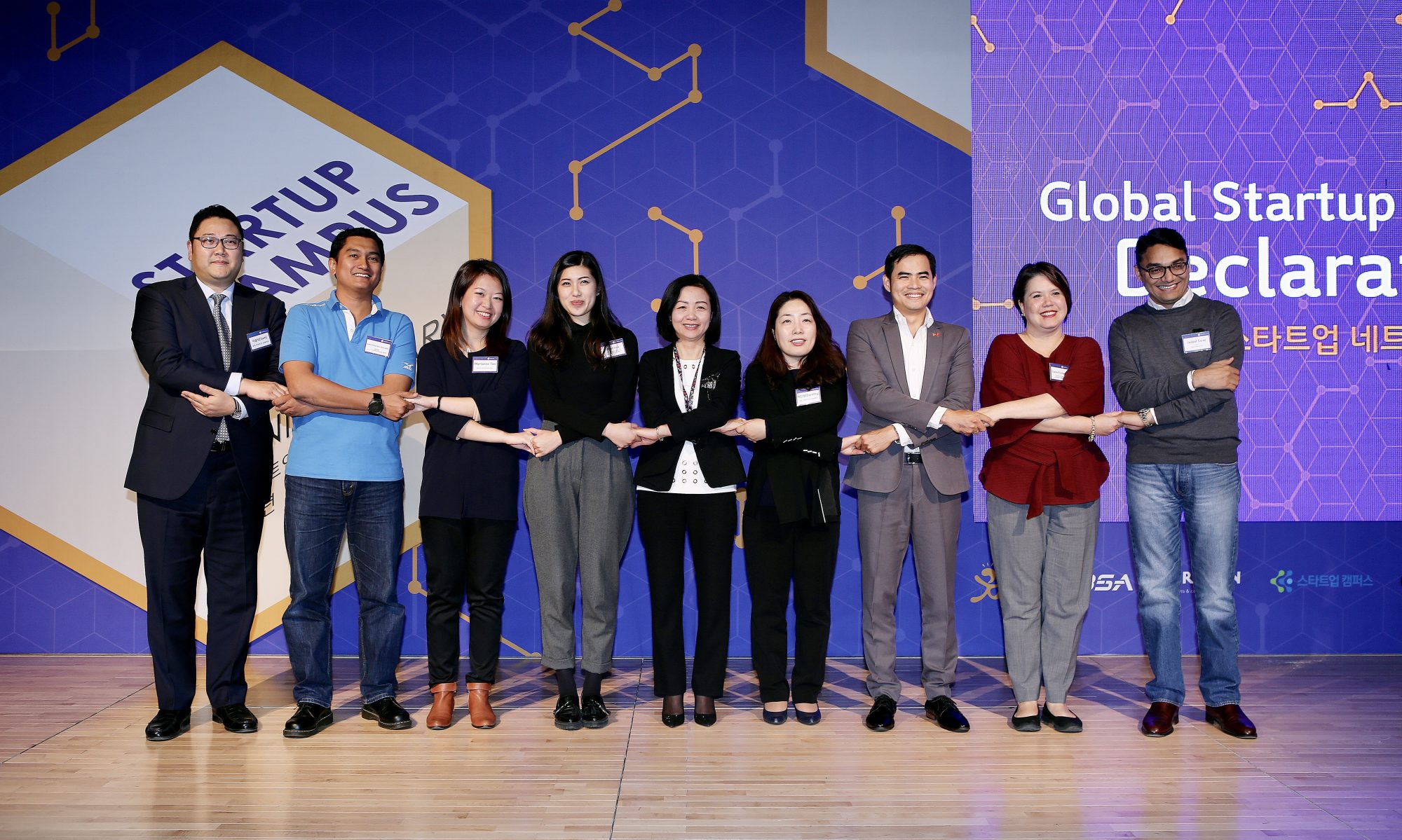

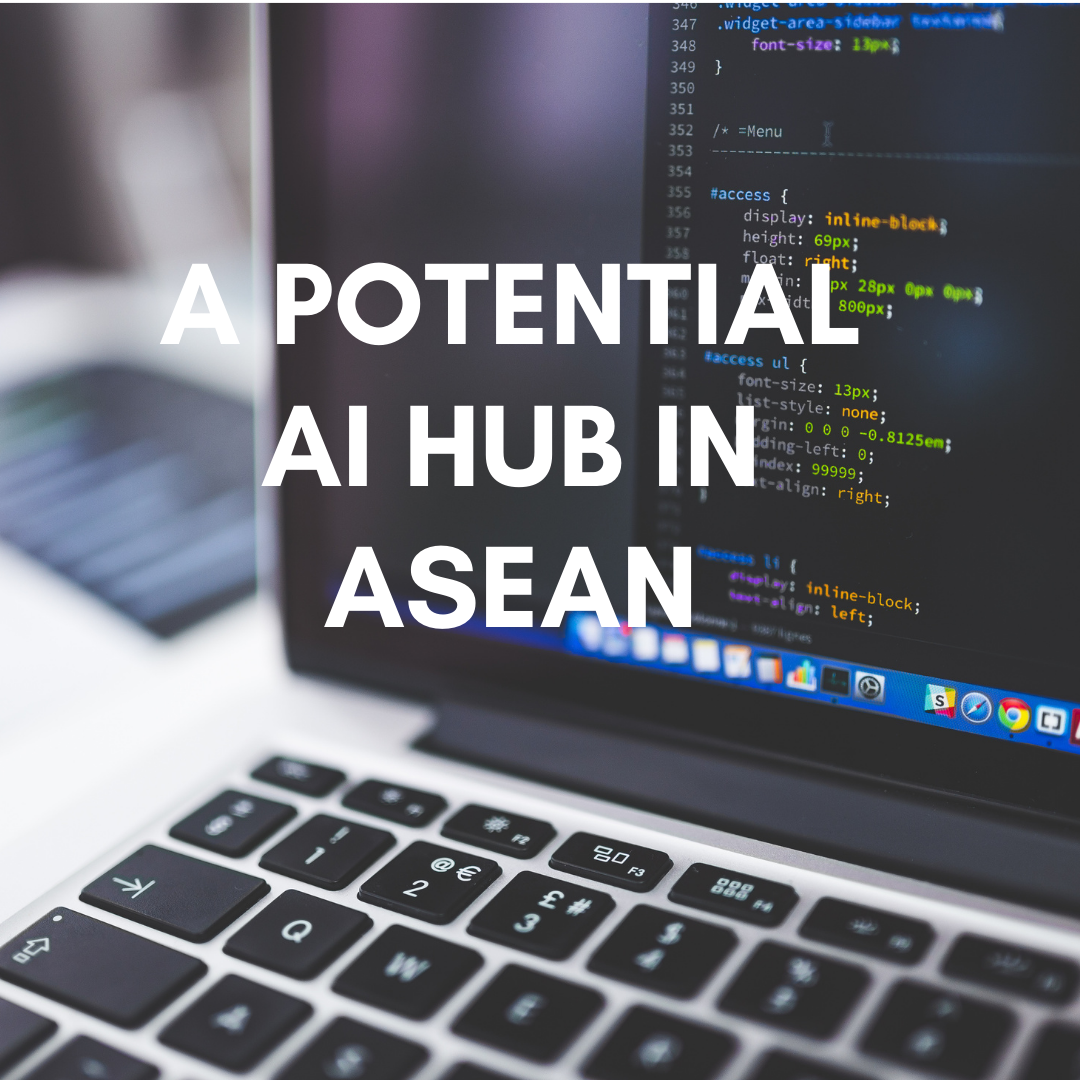
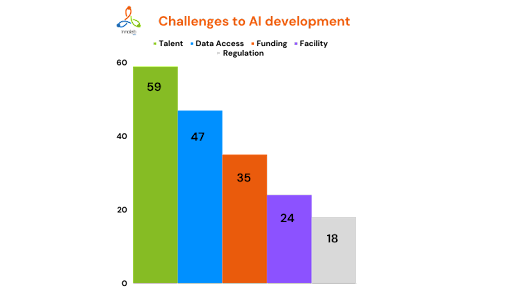
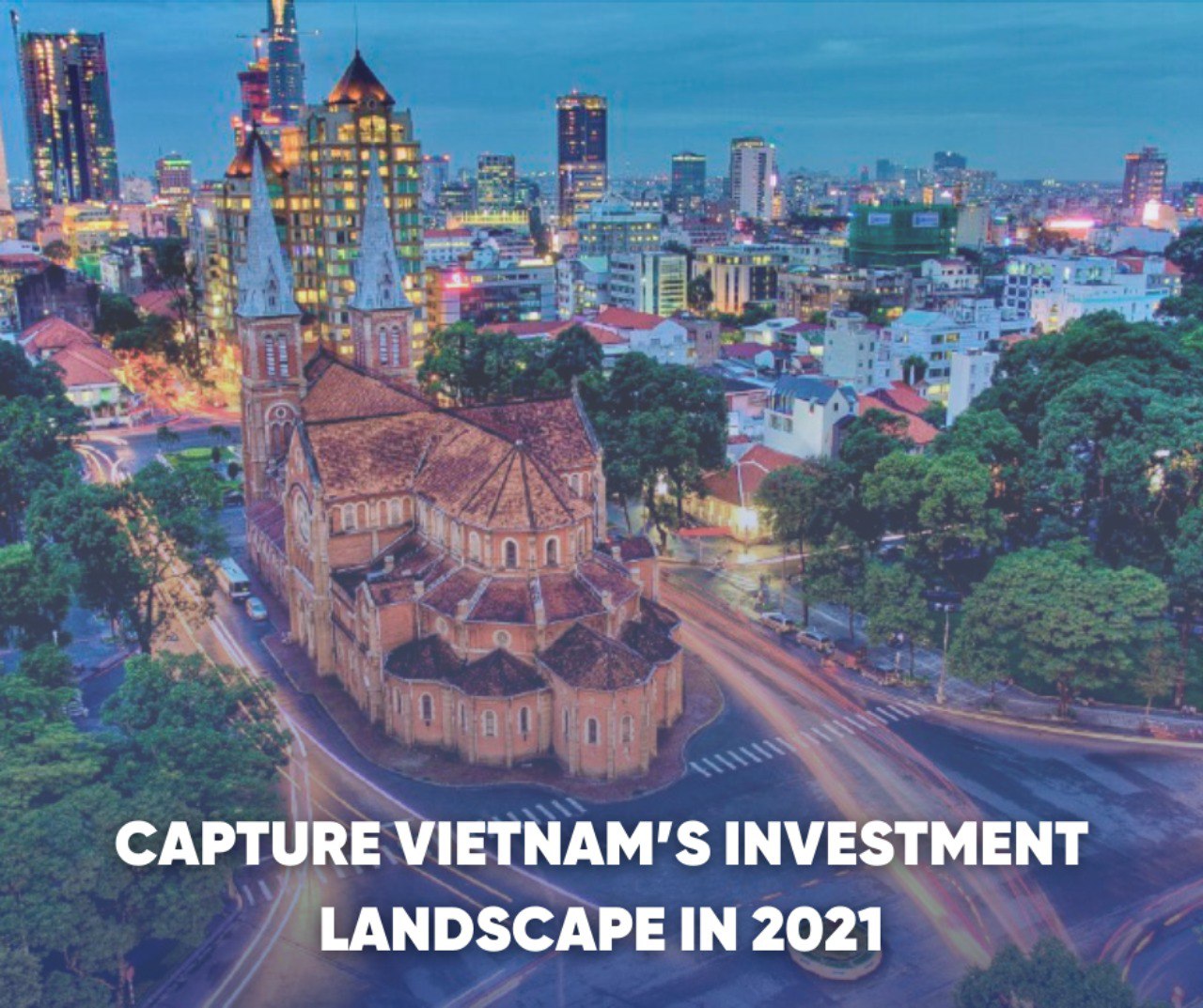
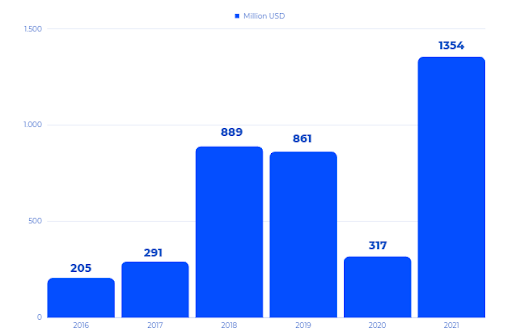

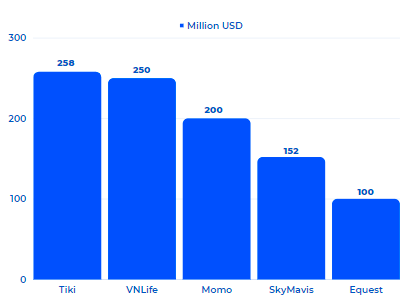
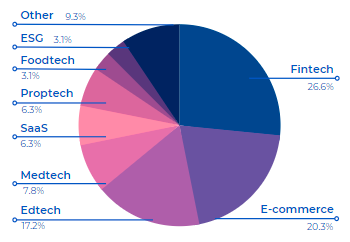
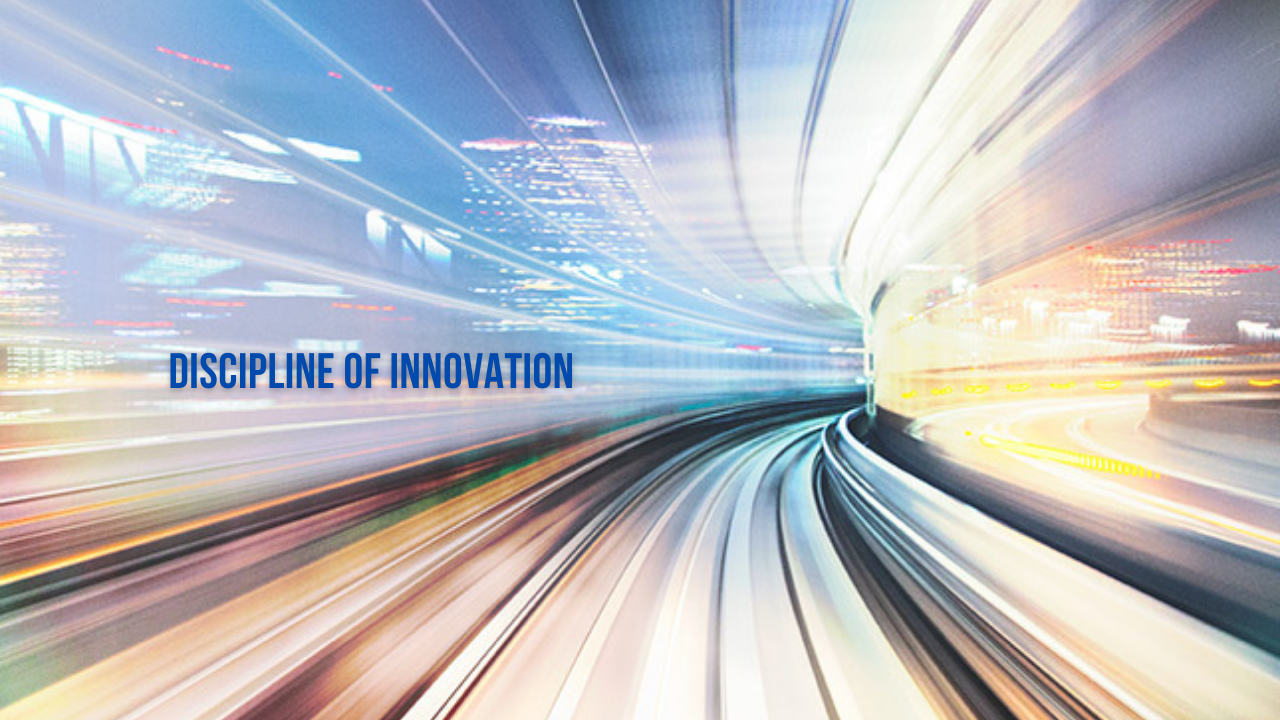



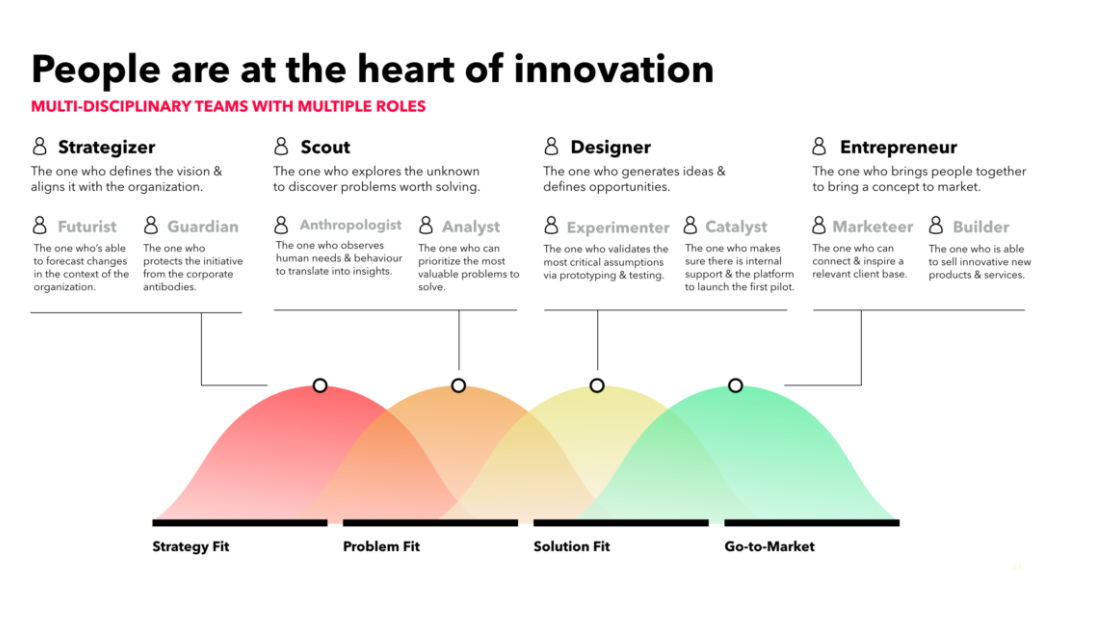


 1. Define target market
1. Define target market
 3. Identify your ideal customers
3. Identify your ideal customers 
 5. Clarify the value that you bring to the market
5. Clarify the value that you bring to the market

